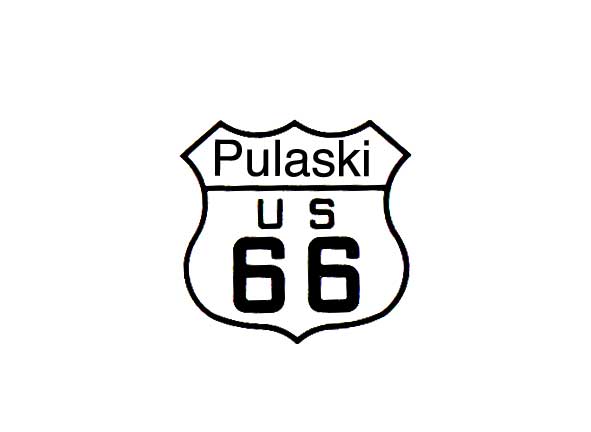

Audio Tour Stop 11
 |
 |
 |
Crossing the steep valleys of the Little Piney and Big Piney required building three steel truss bridges (a total span of 468 feet) and sixteen timber trestles totaling 3,681 feet. The Fort Leonard Wood Branch transported men and materiel along the 19.8 railroad constructed in less than four months over very rugged Ozark terrain. (Above Left) Steam may have driven piles, but 23 diesel-powered shovels did the excavating. Here, alongside Route 66 with Devil's Elbow and the Big Piney highway bridge in the distance, one of the shovels excavates rock for the railroad bed. (Right) Crossing the Big Piney River required long curving approaches on wooden trestles. This view to the east shows the trestle on the Fort Wood side of the bridge. Today the best view of the railroad bridge and trestles is from the scenic turnout off Route 66 just west of Devils Elbow where we stood along the 1935 WPA rock wall. (Left) One of the most extensive trestles is shown here under construction with steam-driven equipment driving 84-foot piles. At least for the present, it is still possible to drive underneath the wooden wonder (351 feet long, 50 feet high) on Temporal Road near Devils Elbow. The trestle is slated for future replacement by a steel span. |